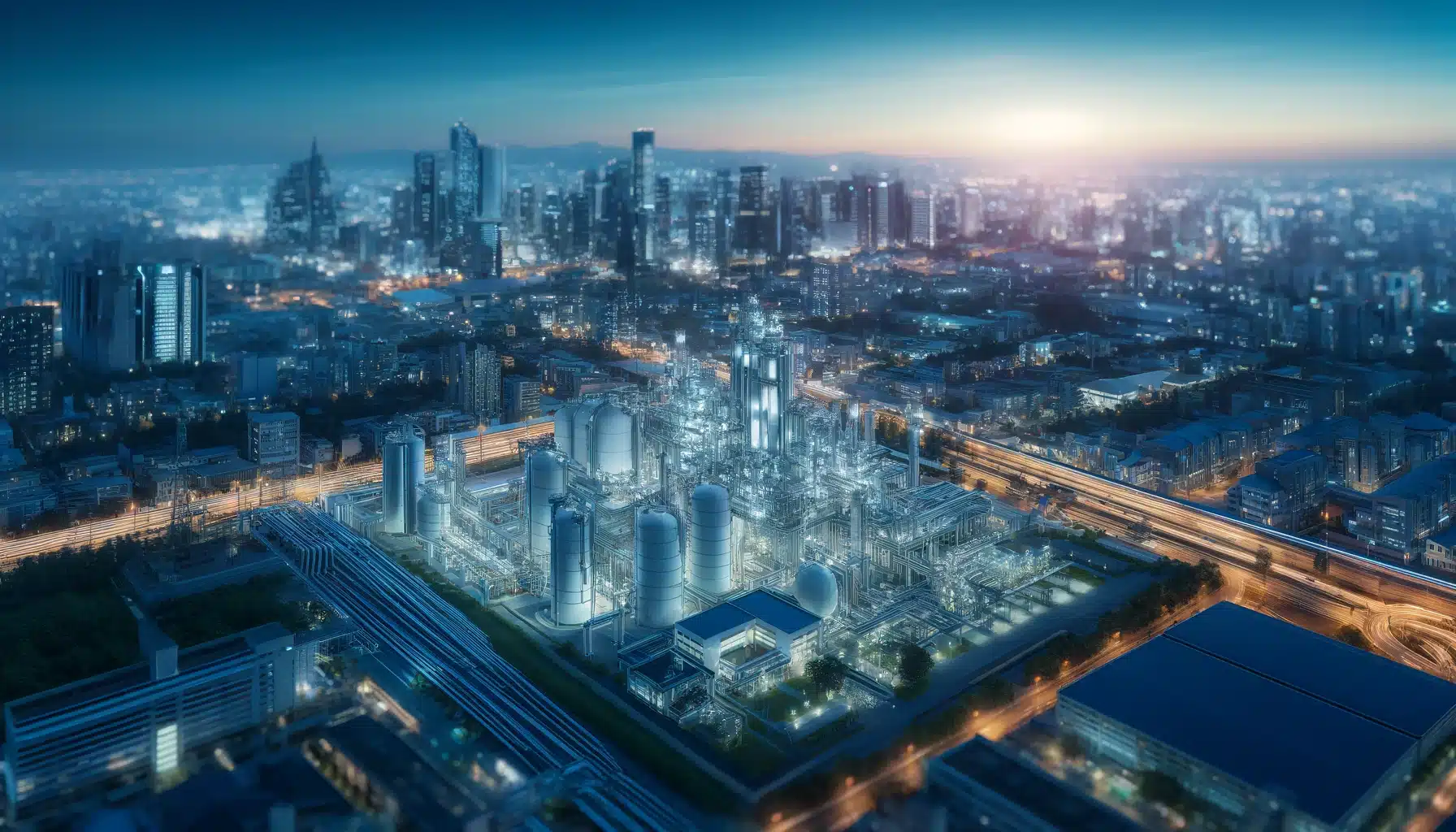Gas pipeline construction projects are essential for transporting natural gas from production sites to end-users. However, the environmental impacts of these projects are often overlooked. In this article, we will delve into the various ways in which gas pipeline construction can impact the environment and what measures can be taken to mitigate these effects.
The Process of Gas Pipeline Construction
Clearing of Land
One of the first steps in gas pipeline construction is the clearing of land along the proposed route. This involves removing trees, vegetation, and other obstacles to make way for the pipeline. The clearing of land can have various environmental impacts, including:
- Disruption of habitats for wildlife
- Loss of biodiversity
- Soil erosion and sedimentation of water bodies
Excavation and Trenching
Once the land is cleared, excavation and trenching are carried out to create a pathway for the pipeline. This process can lead to:
- Soil compaction
- Disruption of natural drainage patterns
- Release of sediment into nearby water bodies
Environmental Impacts of Gas Pipeline Construction
Water Pollution
One of the most significant environmental impacts of gas pipeline construction is water pollution. Construction activities can result in the release of pollutants such as sediment, chemicals, and heavy metals into nearby water bodies, leading to:
- Contamination of drinking water sources
- Harm to aquatic ecosystems
- Disruption of water supplies for wildlife
Air Pollution
Gas pipeline construction projects can also contribute to air pollution. Heavy machinery used in construction activities emit pollutants such as nitrogen oxides, particulate matter, and volatile organic compounds, which can lead to:
- Poor air quality in the surrounding areas
- Respiratory health issues for nearby communities
- Contribution to climate change
Habitat Destruction
The clearing of land and construction of gas pipelines can result in habitat destruction for various plant and animal species. This can have long-lasting impacts on local ecosystems, including:
- Loss of biodiversity
- Disruption of food chains and ecological balance
- Increased vulnerability of species to extinction
Measures to Mitigate Environmental Impacts
Strategic Route Planning
Proper planning of the pipeline route can help minimize environmental impacts. By avoiding sensitive ecosystems, water bodies, and habitats of endangered species, the potential for negative effects can be reduced.
Implementation of Best Practices
Adhering to best practices in construction can help mitigate environmental impacts. This includes proper erosion control measures, sedimentation ponds, and revegetation of disturbed areas to restore habitats.
Monitoring and Compliance
Regular monitoring of construction activities and compliance with environmental regulations are essential to ensure that the environmental impacts are minimized. This may involve on-site inspections, water quality testing, and reporting to regulatory authorities.
Conclusion
Gas pipeline construction projects have the potential to significantly impact the environment through water and air pollution, habitat destruction, and other factors. By taking proactive measures such as strategic route planning, implementation of best practices, and monitoring of activities, the environmental impacts of these projects can be mitigated. It is essential for stakeholders in the gas industry to prioritize environmental protection and sustainability in all stages of pipeline construction.
